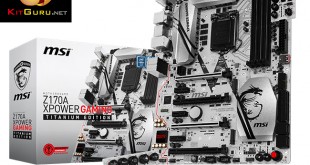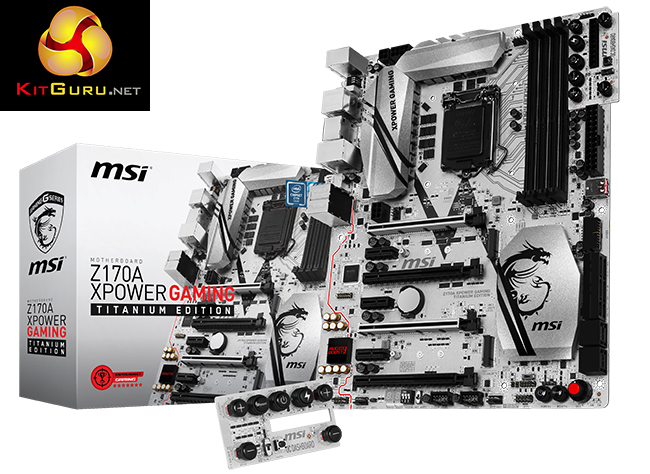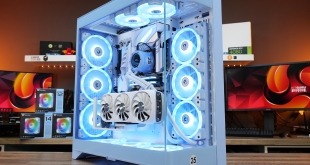
MSI has made a bold move by giving the company's Z170 XPower motherboard a Titanium theme. What exactly does that mean? Well firstly the motherboard features a unique metallic styling which is sure to turn heads. And then there's the application of a sixteen phase power delivery system that makes use of Titanium chokes. Titanium typically sees use in high-performance, weight- and temperature-critical applications such as aircraft structures and jet engine components. Can MSI's Z170A XPower Gaming Titanium Edition live up to the metal's high-performance nature?
Titanium – one of the favourite metals for aerospace and industrial applications thanks to its high strength-to-weight ratio, good temperature resistance, and useful durability. But MSI's Z170A XPower Gaming Titanium Edition doesn't fly nor is it subjected to extreme heat, so why exactly has MSI given the board Titanium Edition treatment?
There's the board's primary sixteen phase power delivery system which makes use of Titanium chokes that offer high inductance density, better temperature resistance, and boosted efficiency. Another reason for the Titanium Edition treatment is the unique metallic styling that has been created for the board's PCB and components.
White-themed motherboards have been major talking points among enthusiasts with an appetite for appearance, so MSI is hoping that the Z170A XPower Gaming Titanium Edition will garner just as many supporters. But how does the board stack up in terms of performance and features?
Features:
- Supports DDR4-3600+(OC) Memory
- OC DASHBOARD: Experience easier on-the-fly overclocking under the most extreme condition.
- DDR4 Boost: Give your DDR4 memory a performance boost
- USB 3.1 Gen2 2X FASTER: USB 3.1 Gen2 offers performance twice as fast as a regular USB 3.0 connection
- Twin Turbo M.2 64Gb/s + Turbo U.2 ready + USB 3.1 Gen2 Type-A + SATA 6Gb/s
- GAMING LAN with LAN Protect, powered by Intel®: The best online gaming experience with lowest latency
- Audio Boost 3: Reward your ears with studio grade sound quality
- Military Class 5: The latest evolution in high quality components featuring the brand new Titanium Chokes
- Click BIOS 5: Award-winning brand new Click BIOS 5 with high resolution scalable font
 KitGuru KitGuru.net – Tech News | Hardware News | Hardware Reviews | IOS | Mobile | Gaming | Graphics Cards
KitGuru KitGuru.net – Tech News | Hardware News | Hardware Reviews | IOS | Mobile | Gaming | Graphics Cards



